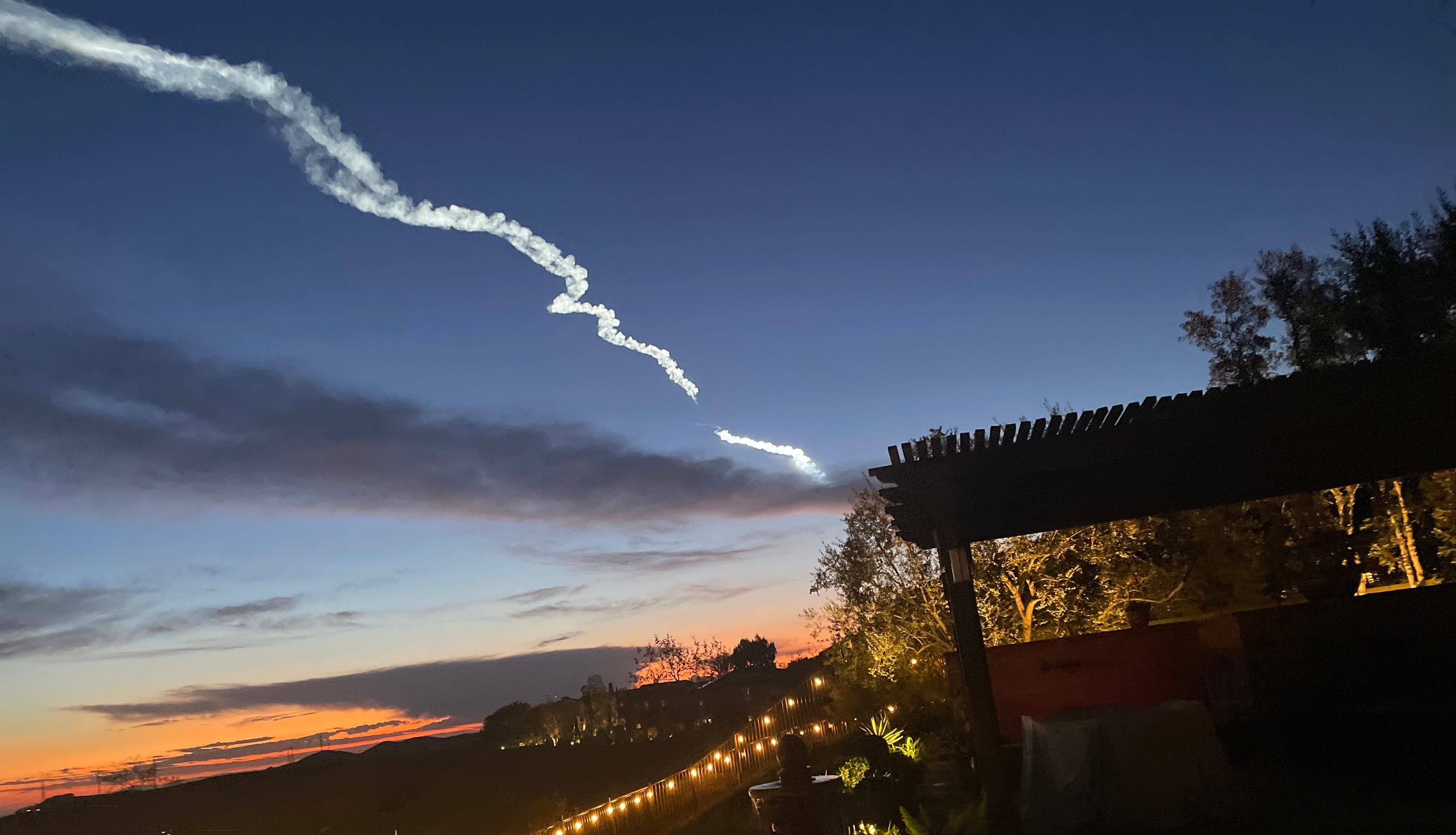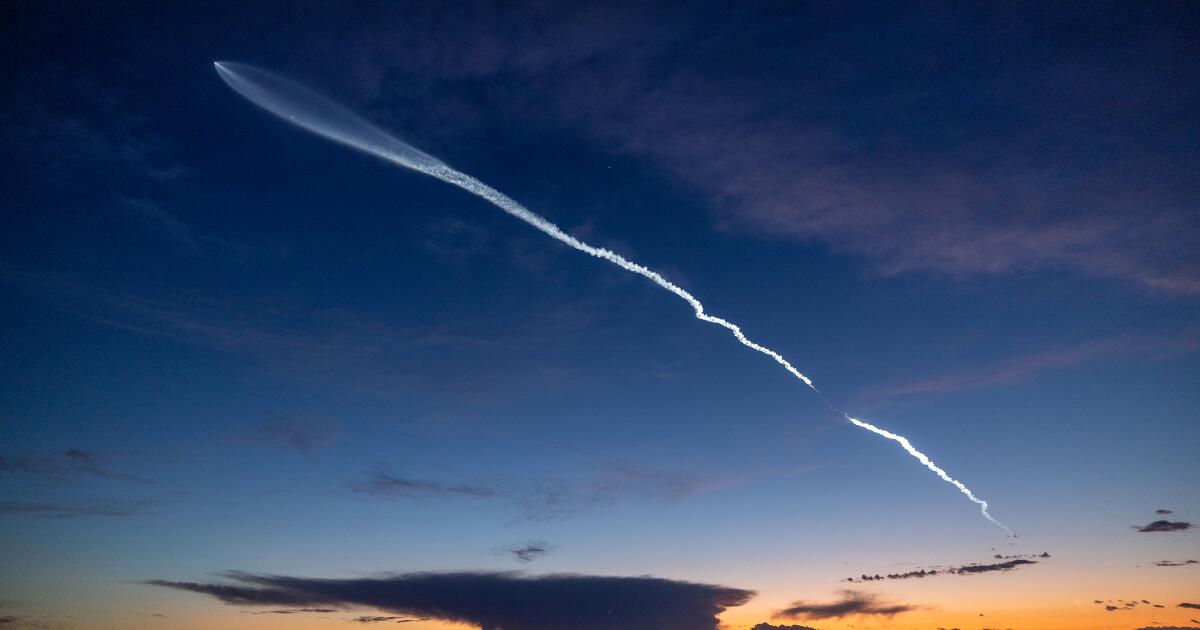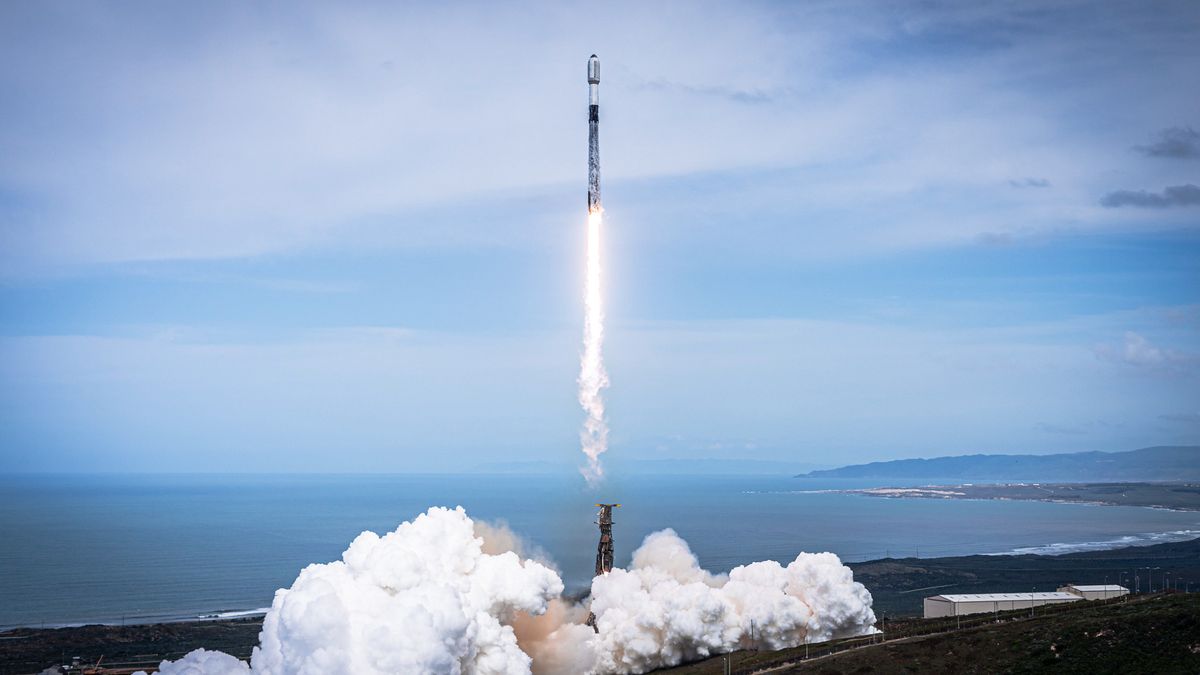
SpaceX is planning to launch three rockets in a five-hour span on March 30, 2024. The first mission will send the Eutelsat 36D telecommunications satellite to geostationary transfer orbit from NASA's Kennedy Space Center in Florida during a four-hour window that opens at 5:52 p.m. EDT (2152 GMT). The second and third missions will both be devoted to building out SpaceX's Starlink broadband megaconstellation in low Earth orbit (LEO). One of these missions will send 39 Starlink satellites, while the other will launch 48. Both launches are scheduled for Vandenberg Space Force Base in California. The first mission is set to take off at approximately 7:30 p.m. PT on March 29th (10:30 a.m EDT). The second and third missions will launch within minutes of each other, with the second one taking off at approximately 8:45 p.m PT (12 hours after the first mission) and the third one following shortly thereafter. The launches are expected to be visible from Huntington Beach at dusk on March 30th.



